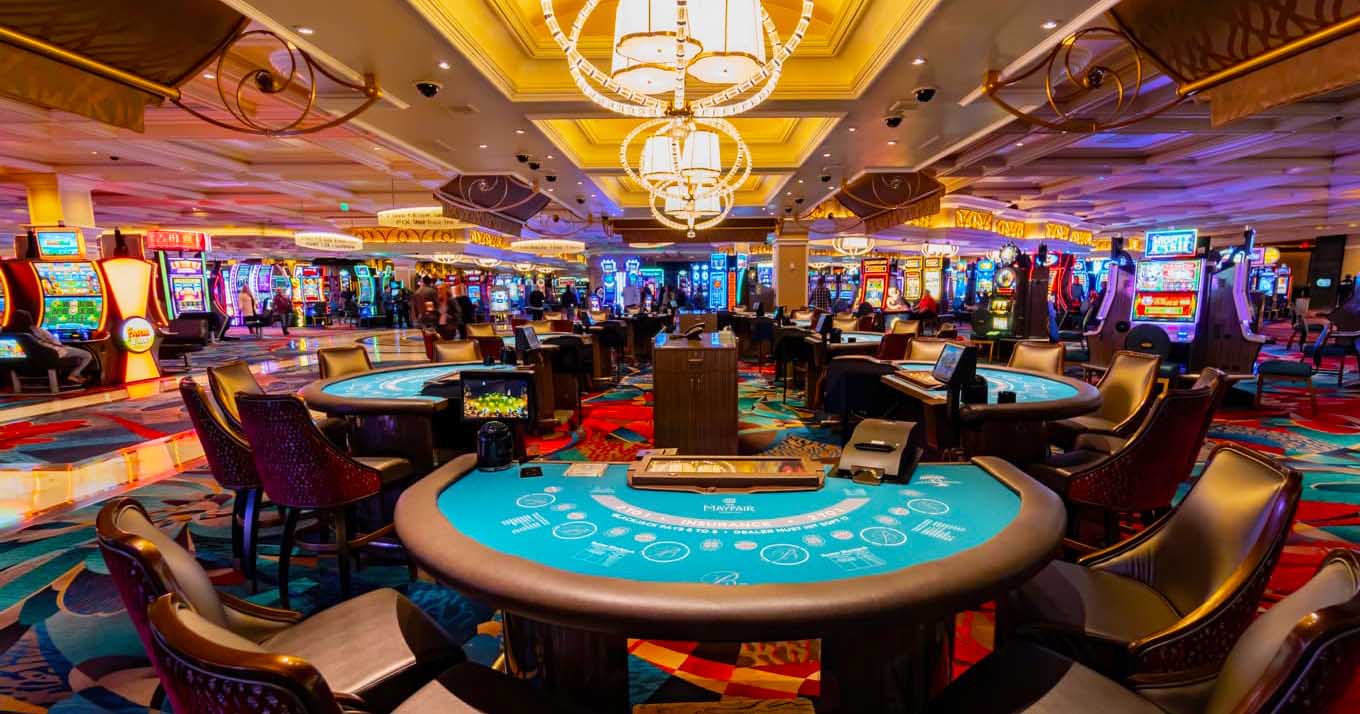Casino games have long captivated the human imagination, drawing players into a world filled with chance, planning, and the allure of adventure. Each experience is painstakingly crafted not just for enjoyment, but also to elicit targeted emotional responses that keep players engaged and interested. Understanding the motivations behind these designs reveals much about how psychology plays a crucial role in the gaming experience.
From the bright lights and vibrant sounds to the sophisticated layering of rules and rewards, casino games are designed to create an atmosphere of thrill and eagerness. Game designers leverage mental cues to influence gambler behavior, whether through the use of winning opportunities, near-miss scenarios, or social interactivity. By examining these elements, we can better appreciate how casino games fulfill not just a want for entertainment, but deeper psychological needs for thrill and risk.
Understanding Player Behavior
Casino games are crafted with a thorough grasp of player psyche, which is crucial for drawing in and keeping players. The rush of the game, coupled with the expectation of winning, produces a formidable attraction. Game designers utilize elements like sonic elements, dynamic graphics, and captivating gameplay to engage attention and generate emotional responses. These sensory elements enhance the immersive experience, making players feel more involved in the game.
Another significant aspect of player behavior is the idea of risk/reward dynamics. Casino games often weigh high-risk scenarios with the potential for substantial rewards, which can cause the event known as near-miss experience. When players come within reach to winning, the brain secretes dopamine, bolstering their behavior and encouraging them to continue playing in quest of that fleeting win. This cycle of wish and letdown plays a key role in how games are structured and promoted.
Lastly, community aspects also play a critical role in player behavior at casinos. Many games are made to be played in groups or in company with other players, nurturing a sense of belonging and collective experience. The social interaction inherent in games like blackjack enhances enjoyment and can culminate in prolonged gaming periods. Designers leverage on this by designing environments that invite players to stay, connect, and return, making the overall casino experience more attractive.
The Role of Visuals and Sound
Visuals and sound play a crucial role in elevating the gambler’s experience within gambling games. Designers utilize bright colors, eye-catching graphics, and engaging animations to grab gambler’s attention and hold their interest. The use of themes, such as adventure or luxury, helps create an enthralling atmosphere that takes players into a different world. By connecting to the senses, these elements contribute to a heightened emotional response, prompting players to interact more profoundly with the games.
Sound design is just as important in reinforcing the overall experience of gambling games. https://shbet.cruises/ The combination of ambient music, audio effects for winning combinations, and environmental noises creates an sound landscape that keeps players fascinated. Sounds associated with wins, such as chiming bells or celebratory music, evoke feelings of excitement and reward, encouraging players to keep playing. These sound cues are strategically placed to amplify the thrill of the game and create a more engaging experience.
Moreover, the synchronization of visuals and sound is crucial for reinforcing the game’s overall theme and atmosphere. Each element should coordinate seamlessly to create a unified experience that draws players in. The effective use of this synergy not only improves user enjoyment but also boosts the likelihood of repeat play, as players become more invested in the captivating world that the casino games offer. This thoughtful integration of imagery and sound ultimately enhances player engagement and commitment.
Reward Structures and Engagement
The creation of casino games significantly relies on incentive systems to ensure participants involved and coming back for additional experiences. These structures are rooted in psychological theories that take advantage of human nature and motivation. Players are often motivated by the thrill of winning, which is supported by immediate feedback through the game structure’s mechanics. This instant gratification not only improves the gaming experience but also fosters a feeling of success, encouraging players to keep playing in hopes of greater gains.
Casinos utilize various reward structures, including large payouts, extra rewards, and increased rewards, to engage players. These elements create a level of excitement that sustains interest. Additionally, the randomness of outcomes plays a crucial role in keeping attention. The variable reward system, where wins are unpredictable but occur often enough, keeps participants on edge and motivated to keep playing. This cycle of hope and expectation is foundational to the effectiveness of gambling experiences.
In addition, community aspects, such as tournaments and multiplayer features, enhance the participation factor by leveraging the competitive nature of participants. The communal aspect of gaming with others can amplify the excitement of success and create a sense of community within the gaming space. By combining these social dynamics with effective incentive structures, casino games don’t just provide entertainment but also foster a deeper connection among players, reinforcing their commitment to the overall experience.

